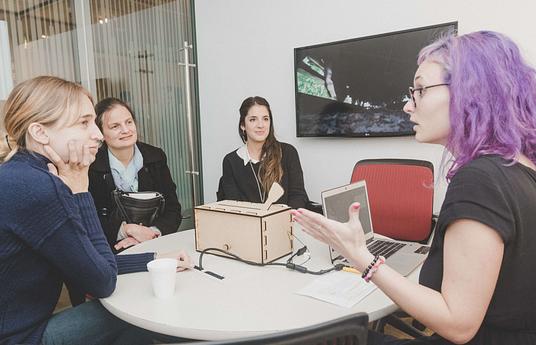The goals of the pilot project on distance education in the Sámi languages are to:
- Map the need for and the current situation of education in the Sámi languages outside of the Sámi native region;
- Develop pedagogical and technical solutions for distance education in the Sámi languages;
- Create a suitable curriculum for distance education in each Sámi language (Inari, Skolt & Northern Sámi);
- Provide online education in the Sámi languages for basic education pupils and upper-secondary students.
Using distance & online connections, the project wants to make education in Sámi accessible for as many children and youths with a Sámi background as possible.
Furthermore, through the results and experiences of the pilot project, we aim to develop and create better conditions for the establishment of distance education in the Sámi languages on a national level.
Through the project, 63 pupils and students will receive education in Sámi during the school year of 2019-2020.
Why we do it?
The Sámi education in Finland faces severalchallenges. There is a clear need to develop new methods that draw on distance, online connections. In this way, we can better provide high-quality education for the whole Sámi population of Finland, who is increasingly moving to all corners of the country.
The resources for education in Sámi is scattered all over the country. In order to better ensure the Sámi population's rights to education in their mother tongue, and to guarantee the vitality of the Sámi-speaking community, it is especially important to better coordinate these resources to those areas where they are needed.
The pilot project is realised between 1.8.2018-31.12.2020, and is managed by the municipality of Utsjoki and coordinated by the Sámi Parliament of Finland. The project is funded by the Ministry of Education and Culture.
Sámi in Finland
There are three different Sámi languages spoken in Finland: Inari Sámi, Skolt Sámi and Northern Sámi. Each of them has its own form of written language and orthography. The Sámi languages have an official status in Finland in the Sámi native region comprising Enontekiö, Inari and Utsjoki, as well as the northern part of Sodankylä. (source: the Institute for the Languages of Finland).



